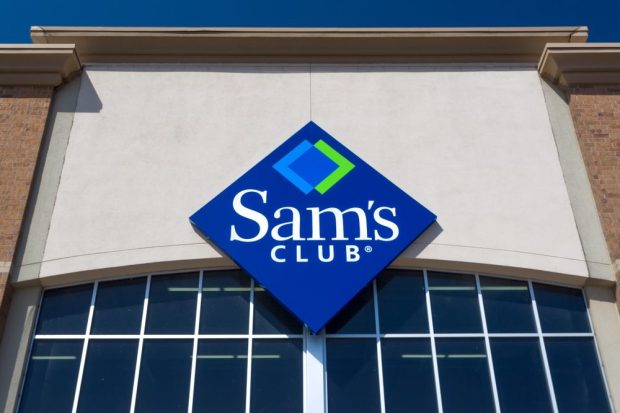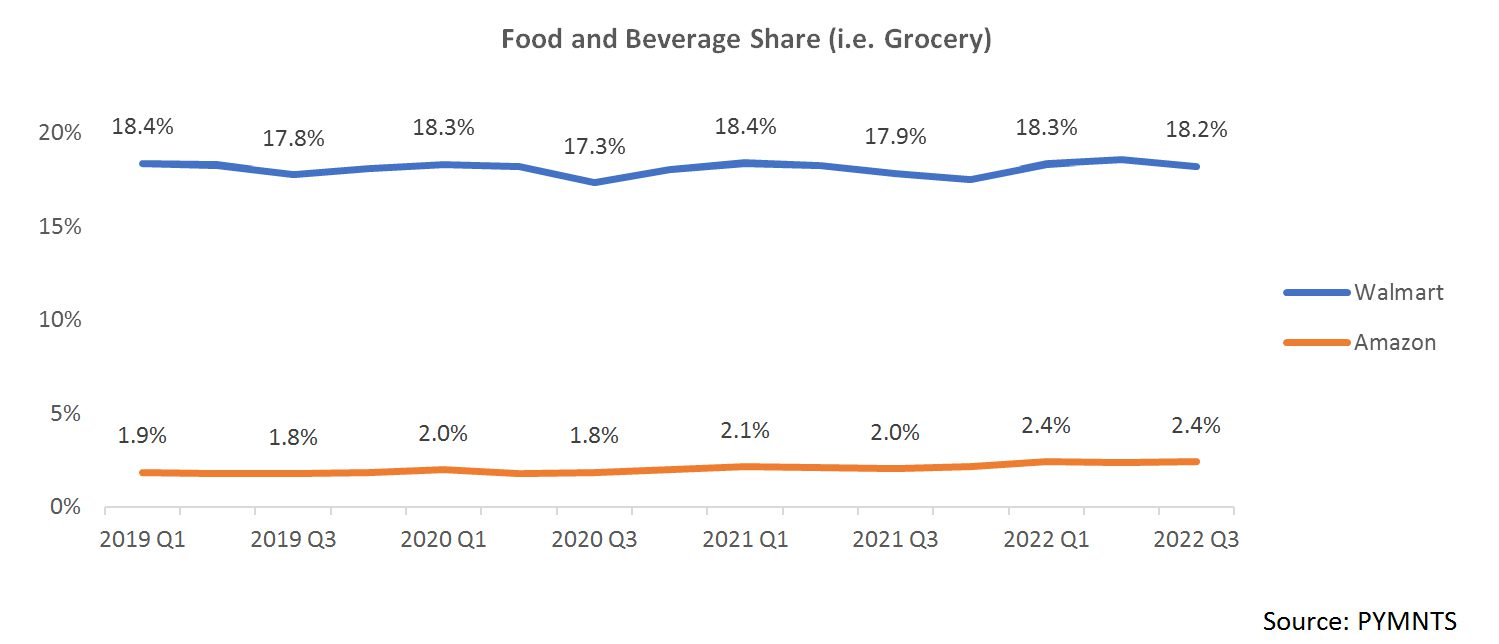Sam’s Club Logistics Push Gives Walmart More Firepower in Grocery Wars

For Walmart, omnichannel may be the way to beat Amazon in the war to stock the pantry.
And Sam’s Club may be a way to get some incremental firepower in that battle.
News came earlier this year that Sam’s Club is adding new locations across the U.S., boosting its omnichannel presence with 30 new locations. And more recently, as reported by The Wall Street Journal, the warehouse powerhouse is opening up five new fulfillment centers this year, and as many as 16 warehouses, through the next five years.
More locations mean more avenues for foot traffic, we note, and more fulfillment and distribution cut down on the middle and last miles of commerce. All of it dovetails with a range of keeping consumers buying goods — groceries, of course among them, whether buying online and picking up in-store or ordering for delivery, or even buying on-site and having the purchases delivered. As noted in Walmart’s latest results, Sam’s Club comp store sales were up nearly 12% in the latest quarter as measured from a year ago, its eCommerce growth surged 21% and food and consumables were particularly strong.
Sam’s Club also represents a stronghold for membership and loyalty, as membership income was up more than 7% in the period.
Separately, PYMNTS’ data has found that 84% of Sam’s Club members shop in-store. Given our findings that 27% of U.S. consumers have Sam’s Club memberships, there’s significant opportunity to cement even further gains in grocery, particularly in perishables. Other PYMNTS research, which debuted this week, shows that consumers opt to use physical channels to get meats, vegetables and fruits. The membership model provides some additional tailwind for Sam’s Club omnichannel pursuits: Our data show that 52% of consumers say deals or benefits led them to use digital channels for their grocery shopping.
The chart below details just how far Walmart’s gained ground in food and beverage — and Sam’s Club has to get some of the credit.

Amazon, for its part, has been targeting groceries in its omnichannel efforts, though its physical footprint has yet to be fully developed. As noted here, the digital juggernaut has been testing a new brick-and-mortar format in Seattle.
“[We don’t] have a big market segment share in perishables, and if you really want to have significant market segment share in perishables, you typically need physical stores,” Amazon CEO Andy Jassy said on the company’s latest earnings call, and the company’s not at the moment expanding its Fresh stores “until we have that equation with differentiation and economic value that we like.” In the meantime, in an environment where paycheck-to-paycheck living still holds a say over most of the economy, the membership clubs, coupled with the in-aisle experience of examining perishables in person, may help Walmart keep its lead.
